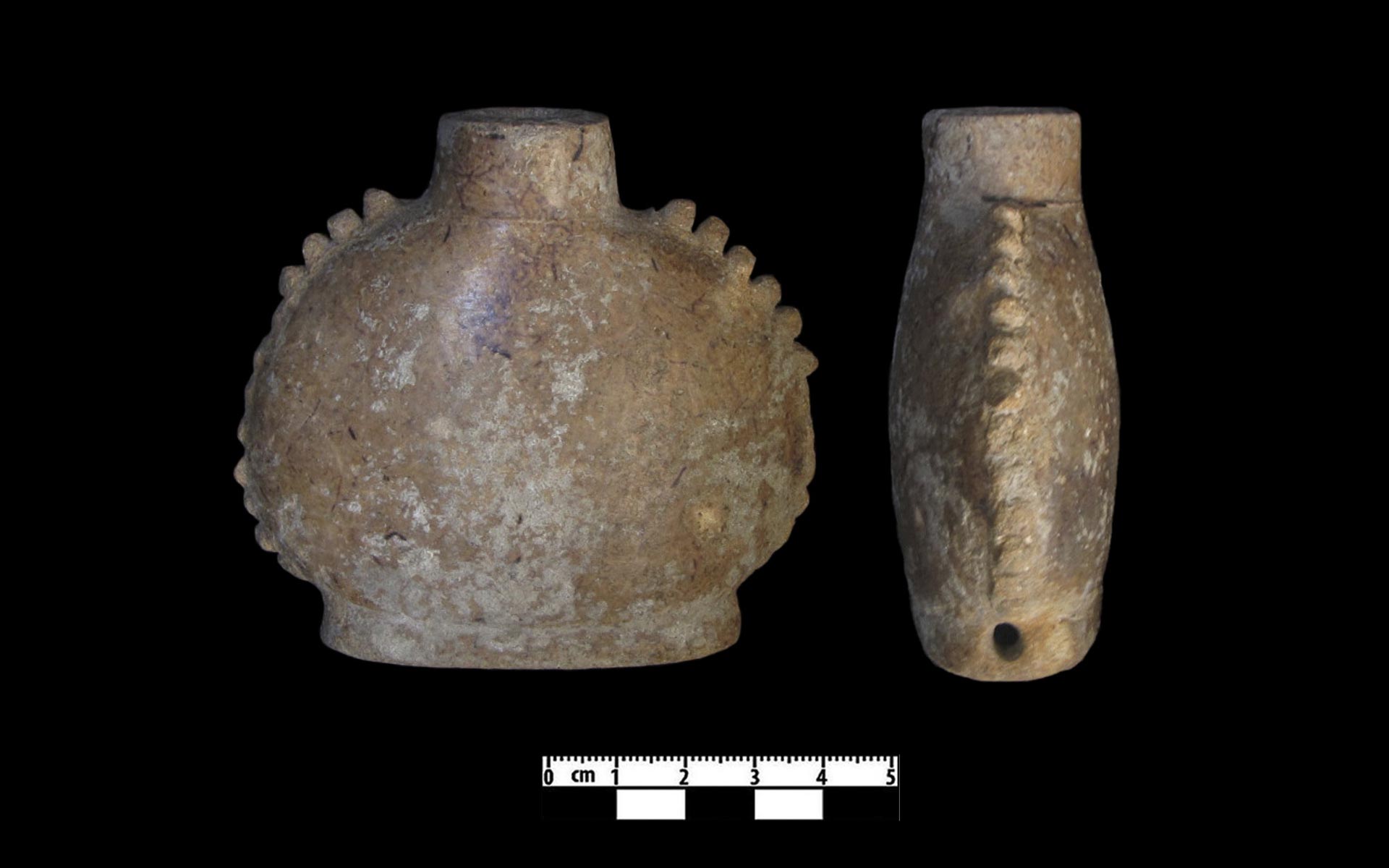
The research, which was published today (January 15, 2021) in Scientific Reports, also paves the way for future studies investigating other types of psychoactive and non-psychoactive plants that were smoked, chewed, or snuffed among the Maya and other pre-Colombian societies.
“While it has been established that tobacco was commonly used throughout the Americas before and after contact, evidence of other plants used for medicinal or religious purposes has remained largely unexplored,” Zimmermann said.“The analysis methods developed in collaboration between the Department of Anthropology and the Institute of Biological Chemistry give us the ability to investigate drug use in the ancient world like never before.”.
Zimmermann and colleagues’ work was made possible by NSF-funded research which led to a new metabolomics-based analysis method that can detect thousands of plant compounds or metabolites in residue collected from containers, pipes, bowls and other archaeological artifacts.Previously, the identification of ancient plant residues relied on the detection of a limited number of biomarkers, such as nicotine, anabasine, cotinine and caffeine.Zimmermann said the WSU research team is currently in negotiations with several institutions in Mexico to get access to more ancient containers from the region that they can analyze for plant residues.“We are expanding frontiers in archaeological science so that we can better investigate the deep time relationships people have had with a wide range of psychoactive plants, which were (and continue to be) consumed by humans all over the world,” said Shannon Tushingham, a professor of Anthropology at WSU and a co-author of the study.“There are many ingenious ways in which people manage, use, manipulate and prepare native plants and plant mixtures, and archaeologists are only beginning to scratch the surface of how ancient these practices were.”.
Gang, 15 January 2021, Scientific Reports
January 13, 2021
January 13, 2021January 13, 2021